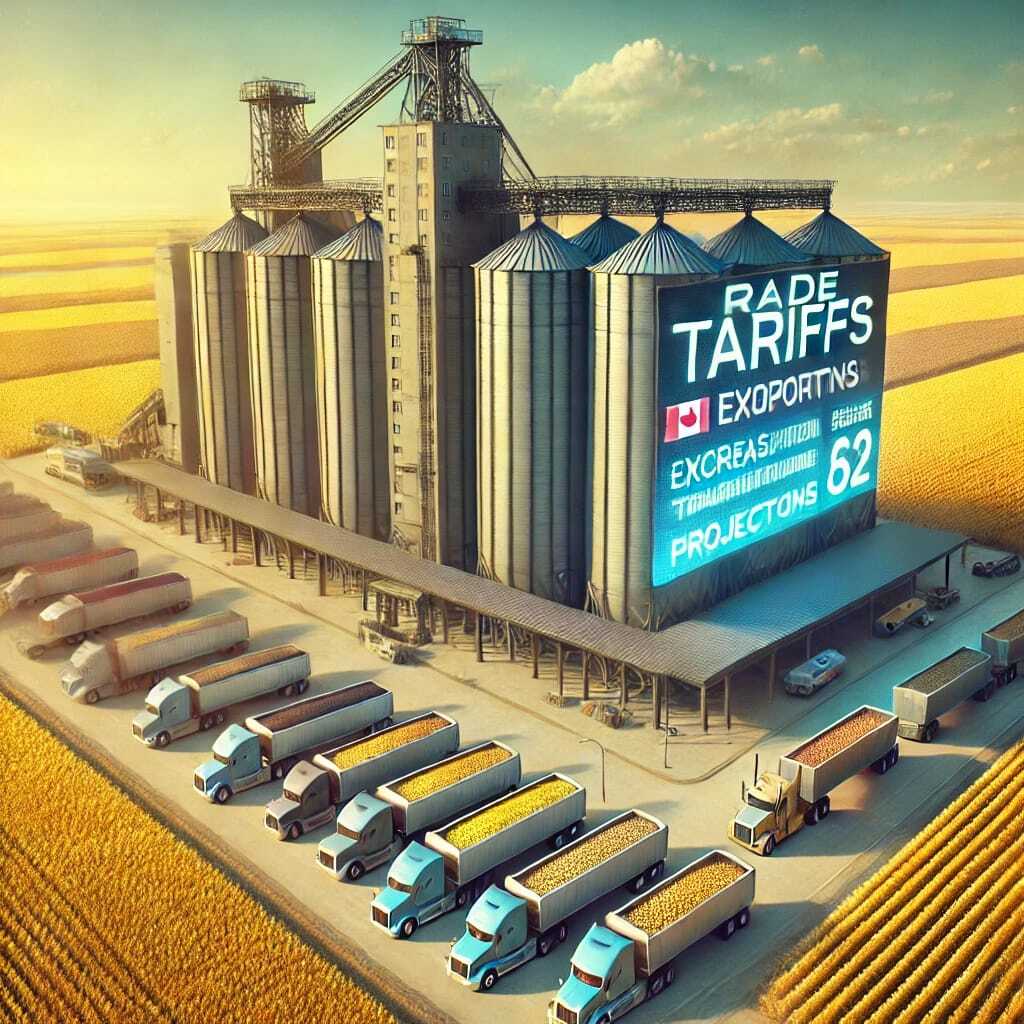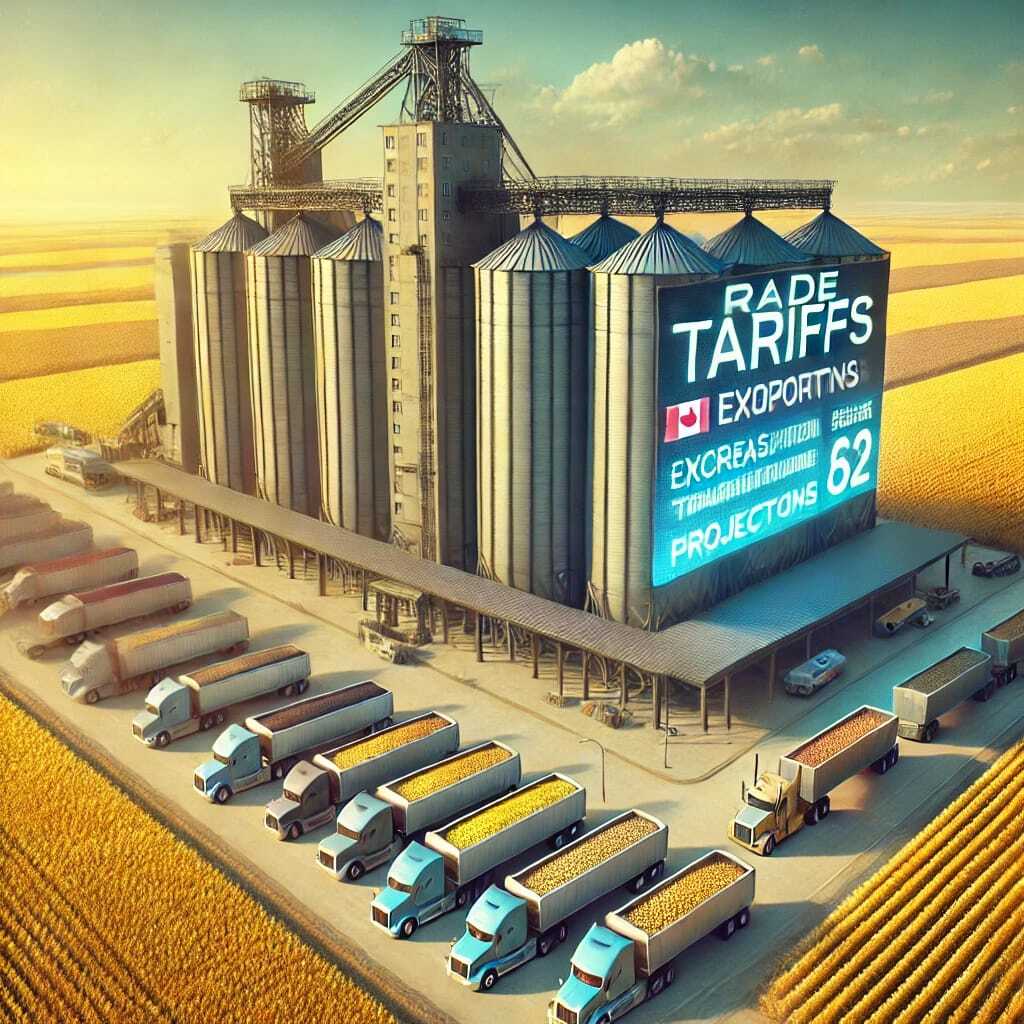
Agriculture and Agri-Food Canada (AAFC) has significantly raised its ending stocks projections for Canadian canola and peas for the 2025/26 marketing year, citing geopolitical risks and trade uncertainty following the imposition of new Chinese tariffs.
China implemented a 100% tariff on Canadian canola oil, meal, and peas starting March 20, while the U.S. is set to introduce its own tariffs on April 2. AAFC’s latest supply and demand estimates, released on March 21, suggest that if these tariffs remain in place throughout the marketing year, Canadian stocks for these key commodities will be much higher than previously forecasted.
Revised Stock Projections
AAFC increased its 2025/26 canola ending stocks estimate to 2.0 million tonnes, a sharp rise from the 1.0 million tonnes projected in February and up from 1.3 million tonnes forecasted for 2024/25.
Despite a slight upward revision in anticipated canola exports from February’s forecast, total exports are still expected to decline by 1.5 million tonnes year-over-year, with 2025/26 exports projected at 6.0 million tonnes. Projected domestic canola usage was revised down by 1.0 million tonnes, now forecast at 11.4 million tonnes for 2025/26.
“The reduced domestic usage forecast is tentative and may decline further if proposed tariffs and trade disturbances materialize,” AAFC noted, adding that “the crush forecast may revert to previous estimates if policies stabilize and processing plants operate at full capacity.”
Pea Stocks Surge on Declining Export Prospects
Canadian pea exports are expected to drop significantly from the current crop year, as Chinese import tariffs remain in effect and India’s exemption on dry pea import tariffs is set to expire on May 31, 2025. Consequently, carry-out pea stocks are projected to hit a record 1.775 million tonnes, up dramatically from 700,000 tonnes for 2024/25.
Geopolitical Risks Cloud Market Outlook
AAFC emphasized that “geopolitical risks and trade uncertainties have heightened volatility in both Canadian and international grain markets,” and future projections could shift depending on changes in trade policies.
As trade tensions continue to weigh on Canada’s grain and oilseed markets, industry players will be closely monitoring the evolving situation, especially the potential for changes in Chinese and U.S. tariff policies that could impact Canadian exports.
Follow & Subscribe:
👉 Agri-Food Update on LinkedIn for the latest updates and insights.
🌐 Visit us at www.agri-food-update.com for more information!



